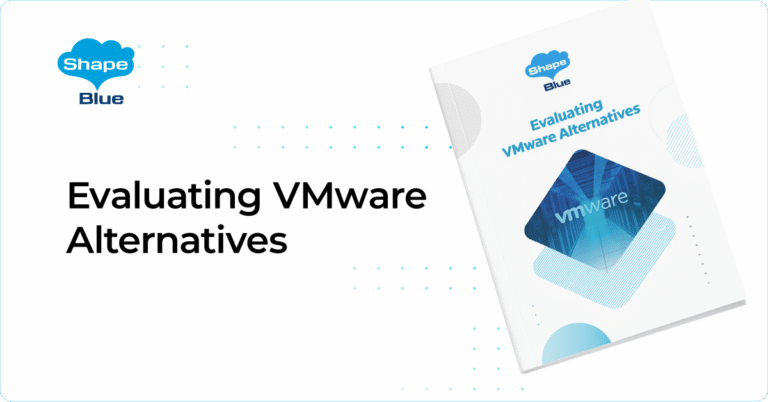Apache CloudStack vs. Proxmox for Your Virtual Environment: A Comprehensive Comparison
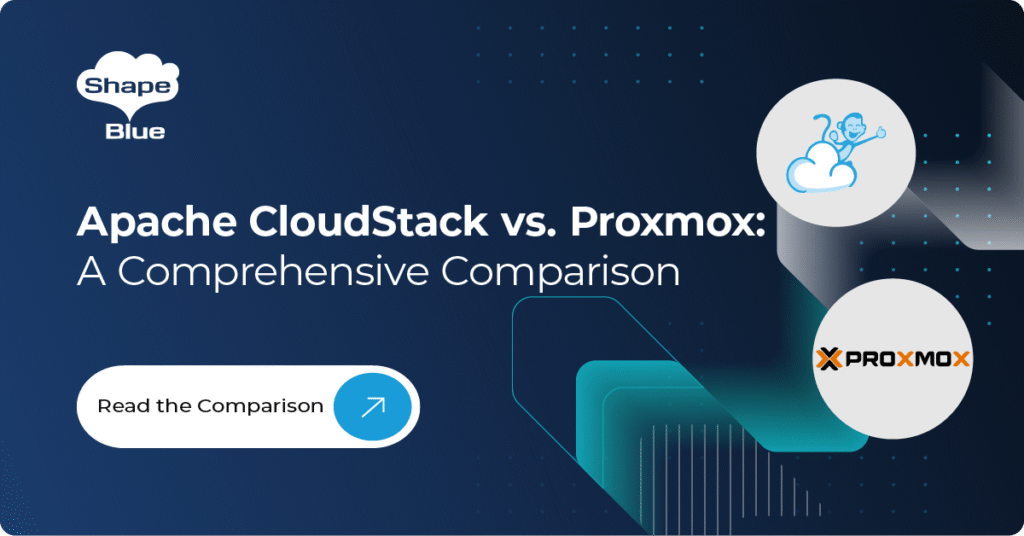
Apache CloudStack and Proxmox are two widely used platforms for managing virtualisation environments, each catering for different use cases and organisational needs. While Proxmox is designed as a robust virtualisation platform suitable for small and medium-sized businesses, CloudStack is a fully-fledged cloud management platform designed for scalable and multi-tenant cloud environments across businesses of all […]
Looking for a Nutanix Alternative? Why Open Source Infrastructure Ensures Long-Term Freedom
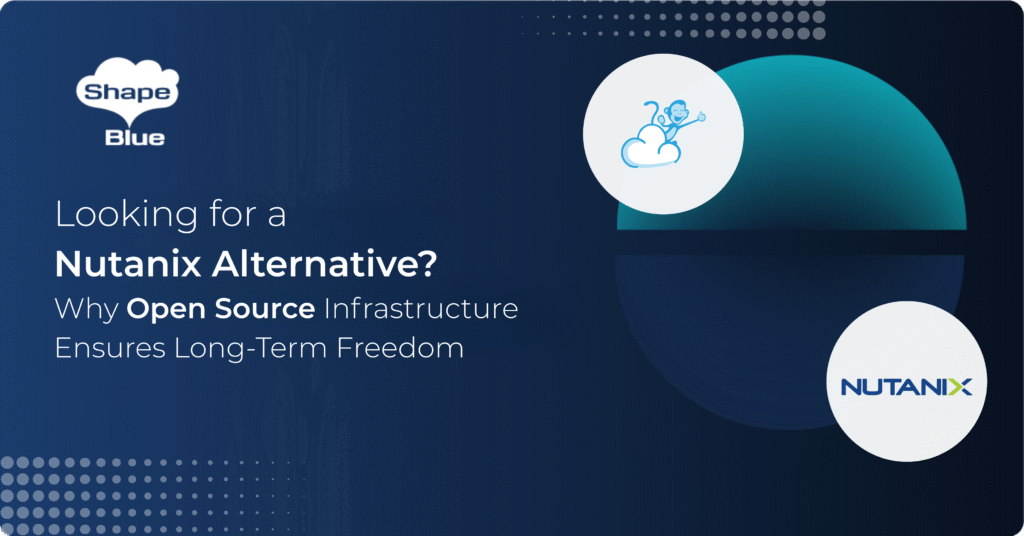
Explore Apache CloudStack as a compelling open-source alternative to Nutanix. This article reviews Apache CloudStack as a Nutanix replacement for organisations seeking infrastructure flexibility, vendor neutrality, and long-term cost efficiency. While Nutanix provides a robust hyperconverged infrastructure (HCI) platform with integrated compute, storage, and networking, it imposes limitations such as hardware lock-in, proprietary ecosystems, and […]
Automating Infrastructure with Terraform and Apache CloudStack
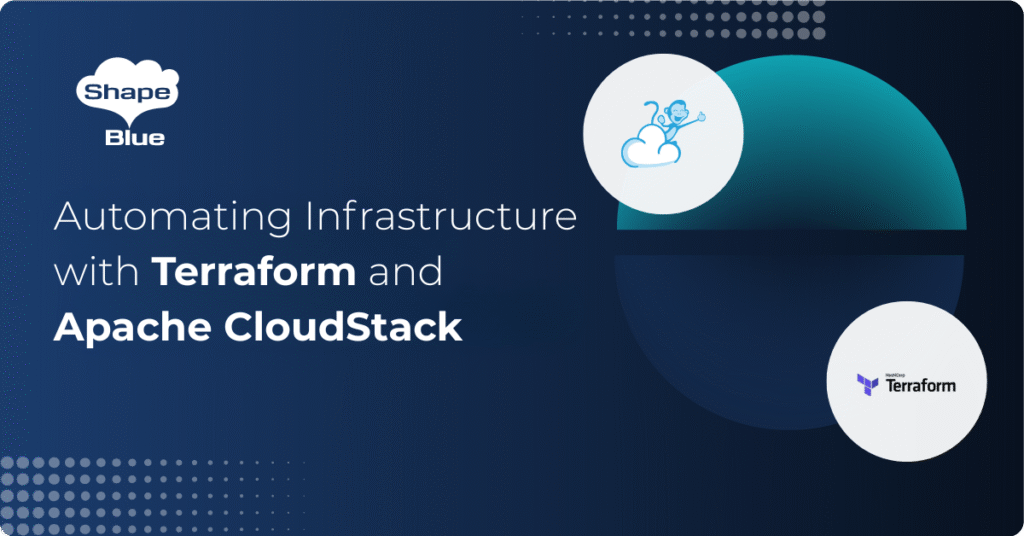
Infrastructure as Code (IaC) is transforming the way IT teams provision, manage, and scale cloud environments. Rather than relying on manual steps or scripts, infrastructure can now be defined in human-readable configuration files, enabling repeatability, version control, and automation. When it comes to managing resources in Apache CloudStack, Terraform stands out as a powerful and […]
CloudStack Backup Options: Avoiding Downtime and Data Loss
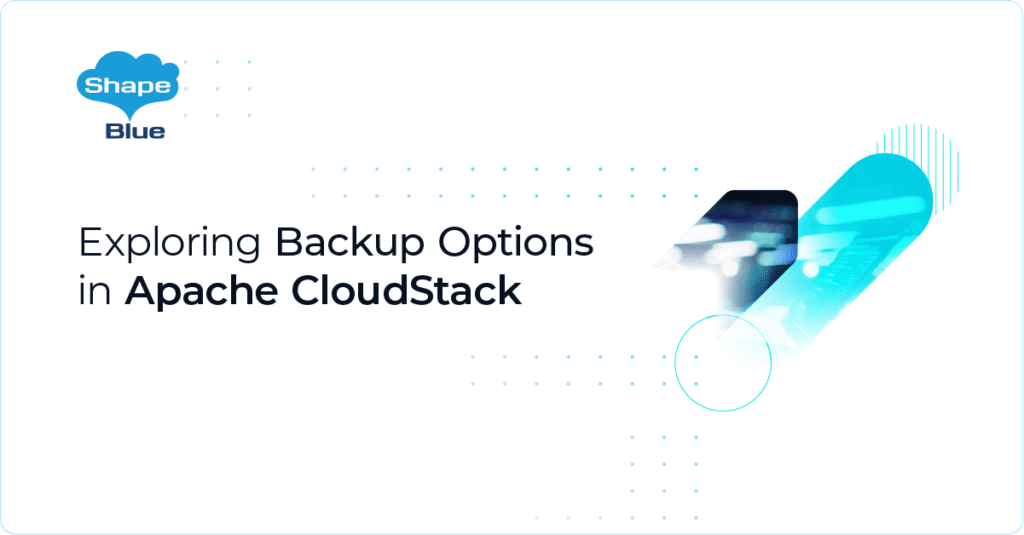
Implementing a robust CloudStack backup strategy is essential for ensuring data reliability and achieving effective data redundancy across your cloud infrastructure. Data protection is a key aspect of managing cloud environments, ensuring the recoverability of workloads for both service providers and enterprises. Apache CloudStack, a leading open-source cloud orchestration platform, offers a flexible Backup and […]
CloudStack European User Group 2025: A Thriving Community Comes Together in Vienna

On May 8th, the CloudStack European User Group (CSEUG) once again brought together open-source cloud professionals, contributors, developers, and users for a day of deep technical insights, knowledge sharing, and community connection—this time in the stunning city of Vienna, Austria. Hosted at Quartier Belvedere Central, the 2025 edition of CSEUG marked another successful chapter in […]
CloudStack vs. VMware: The Best Open-Source VMware Alternatives
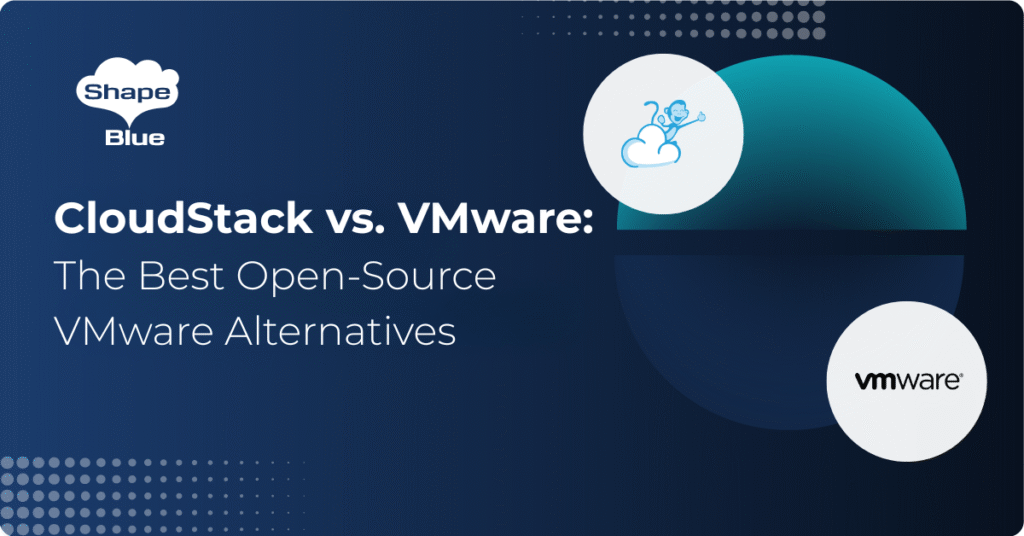
The Broadcom acquisition of VMware fundamentally reshaped the virtualisation and cloud infrastructure landscape, compelling cloud service providers, enterprises, and hosting companies to reassess their technology strategies and actively seek alternatives to VMware. Significant licensing changes, product realignments, and growing uncertainty surrounding the future of the VMware ecosystem accelerated demand for reliable, scalable, and future-proof solutions. […]
Why LifeinCloud Chose Apache CloudStack for their European Public Cloud
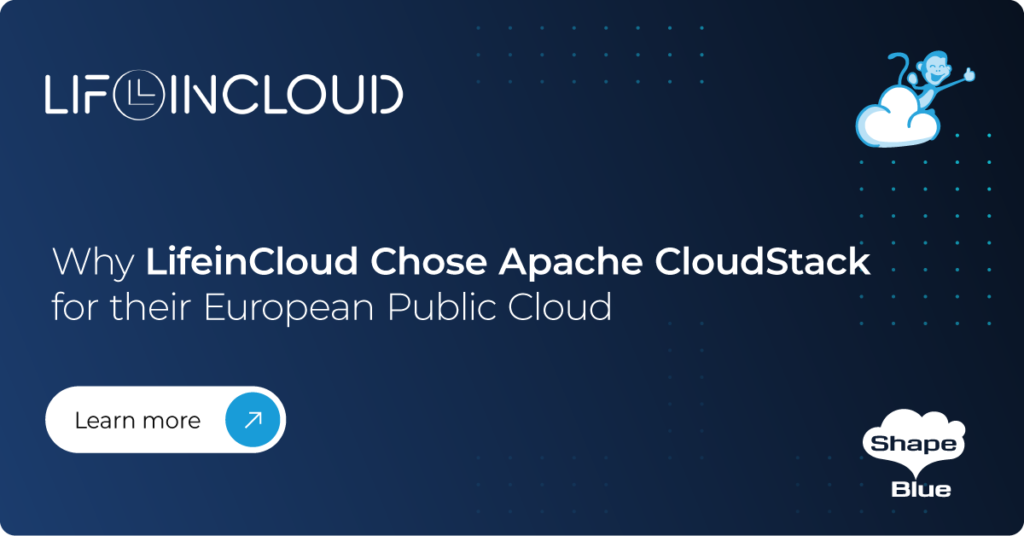
LifeInCloud, a European public cloud provider, is on a mission to make enterprise-grade cloud solutions more accessible, without the complexity that often comes with them. Their philosophy is simple: powerful cloud infrastructure without the traditional headaches. As LifeInCloud embarked on building a scalable, high-performance public cloud, they turned to ShapeBlue as a leading expert in […]
Shared FileSystems: Scalable NAS Storage for Multi-Instance Access | CloudStack Feature First Look
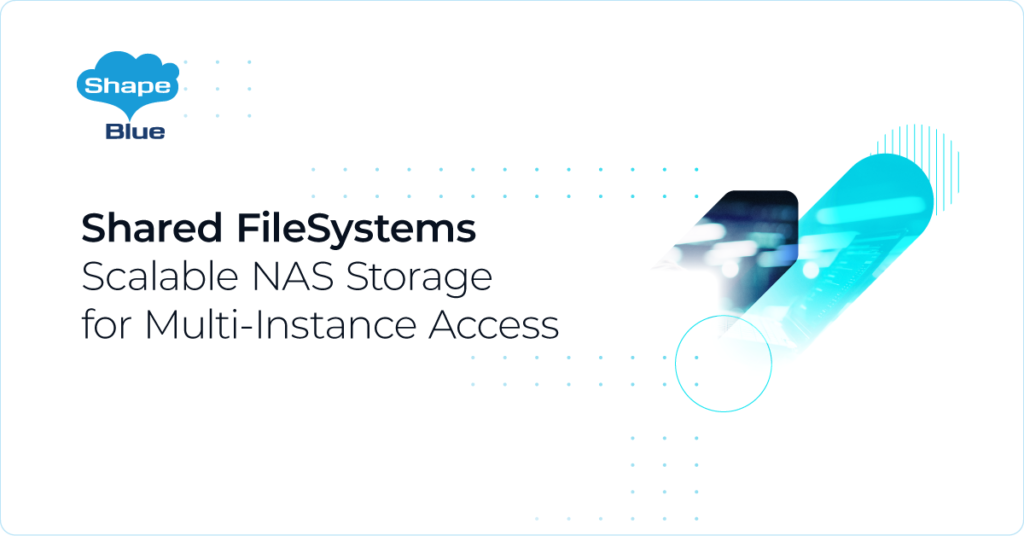
Many applications require shared storage to efficiently manage data across multiple Instances. With the release of Apache CloudStack 4.20, the new Shared Filesystem feature provides a CloudStack-managed NFS solution, allowing multiple Instances within the same Account and Network to access a shared file system simultaneously. This feature brings CloudStack closer to major cloud providers, such […]
What Enterprises Can Learn from Cloud Service Providers
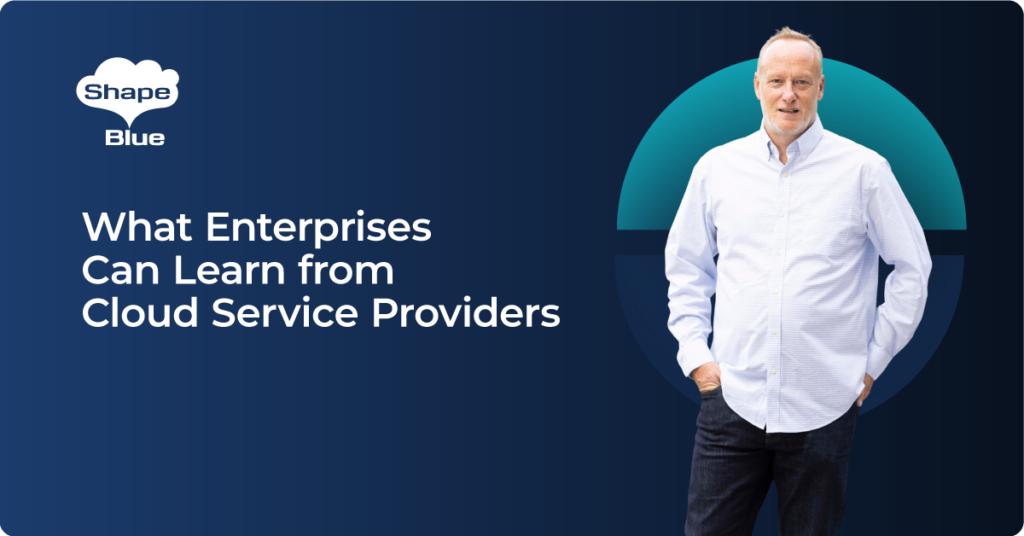
Enterprises face a multitude of technology challenges when managing internal infrastructure and virtualization, that often hinder their ability to operate efficiently and innovate at scale. Legacy systems and technical debt can create barriers to efficiency. Cloud adoption, while beneficial, brings its own set of issues related to governance, performance optimization, efficiency and cost control, especially […]
A Customer Centric Approach To Reimagining Private Cloud Hosting

At ShapeBlue, we believe that sharing real-world success stories is essential in demonstrating the power and potential of open-source solutions. Open-source technology thrives on collaboration, and every success story strengthens the community, proving that innovation doesn’t have to come with vendor lock-in or unpredictable costs. We’re joined by David Humes, Vice President of Product at US Signal, […]



